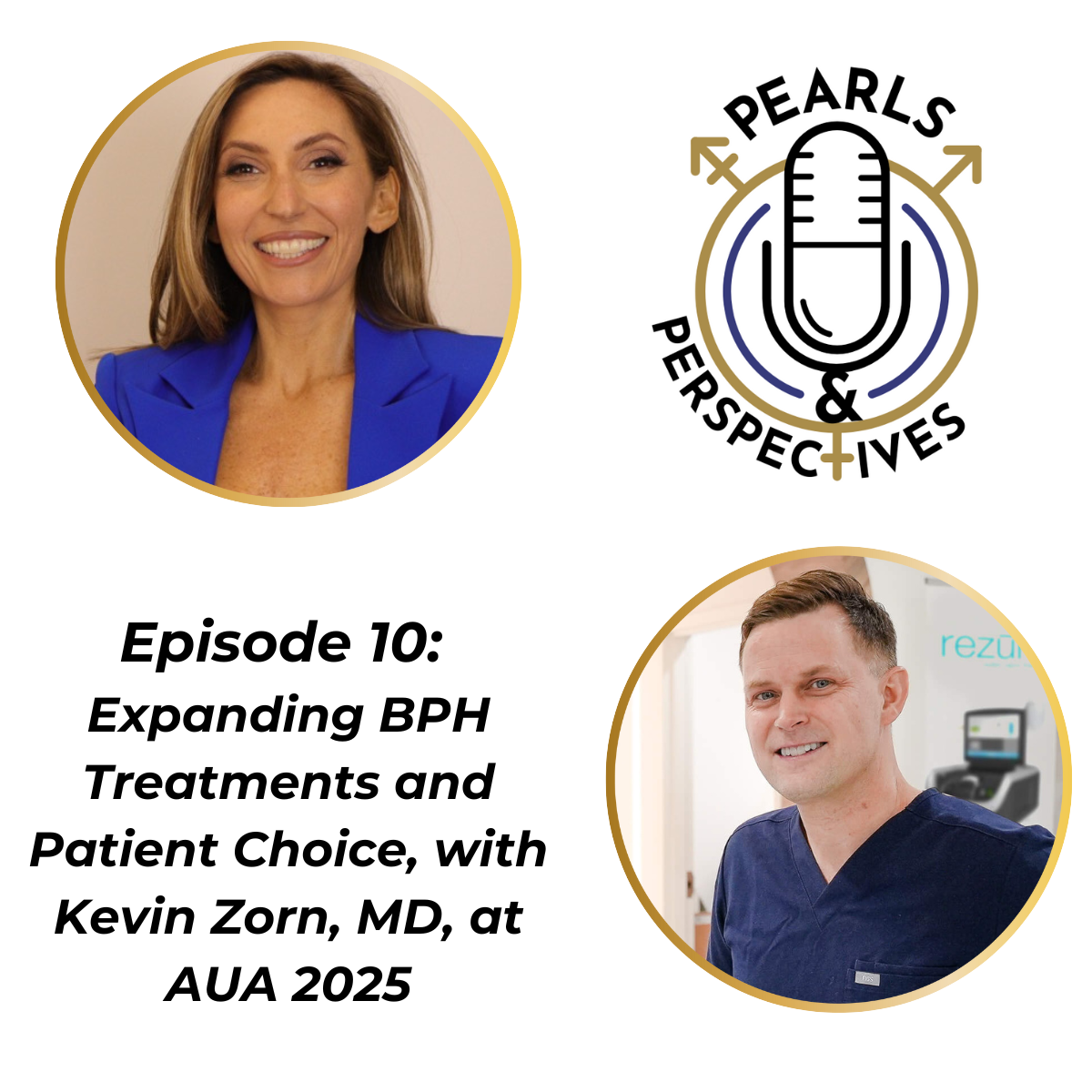News
Article
EV/pembrolizumab continues to show OS, PFS benefit vs chemotherapy in la/mUC
Author(s):
“These data reinforce enfortumab vedotin and pembrolizumab as the new standard of care in frontline urothelial cancer," says Thomas Powles, MD, PhD.
Additional follow-up data from the phase 3 EV-302 trial (also known as KEYNOTE-A39; NCT04223856) continued to show that the combination of enfortumab vedotin-ejfv (Padcev) plus pembrolizumab (Keytruda; EV+P) provides benefit in median overall survival (OS) and progression-free survival (PFS) vs chemotherapy in patients with locally advanced or metastatic urothelial carcinoma (la/mUC).1
Thomas Powles, MD, PhD

These results, conducted at a median follow-up of 29.1 months, are consistent with the OS and PFS benefits that were seen at the primary analysis of the trial, presented in October 2023.
The updated analysis was presented by primary investigator Thomas Powles, MD, PhD, at the 2025 American Society of Clinical Oncology Genitourinary Cancers Symposium in San Francisco, California.
“These latest findings from the EV-302 trial reaffirm the primary results, which demonstrated survival improvements for patients treated with enfortumab vedotin and pembrolizumab that were previously unprecedented in locally advanced or metastatic urothelial cancer,” said Powles, a professor of genitourinary oncology at Queen Mary University of London and director of the Barts Cancer Center in London, England, in a news release on the findings.2 “These data show that the potential survival benefit has become even more robust with extended follow up and further solidify the combination as standard of care.”
Overall, the combination of EV+P reduced the risk of death by 49% vs chemotherapy, with a median OS of 33.8 months (95% CI, 26.1-39.3) with the combination vs 15.9 months (95% CI, 13.6-18.3) with chemotherapy (HR, 0.51; 95% CI, 0.43-0.61). Additionally, the median PFS was 12.5 months (95% CI,10.4-16.6) for EV+P vs 6.3 months (95% CI, 6.2-6.5) for chemotherapy, translating to a 52% reduction in the risk of disease progression or death (HR, 0.48; 95% CI, 0.41-0.57).
Powles noted during the presentation, “The forest plot analysis for [PFS] and [OS] shows benefit irrespective of upper tract disease, liver metastases, PD-L1 expression, platinum eligibility, presence of metastatic disease, and renal function.”
The data also showed an OS benefit with EV+P regardless of cisplatin eligibility. Among the cisplatin-eligible patients, the median OS was 36.7 months (95% CI, 31.5-not estimable) with EV+P compared with 18.7 months (95% CI, 16.6-22.1) with chemotherapy (HR, 0.54; 95% CI, 0.42-0.70). Among those who were cisplatin ineligible, the median OS was 25.6 months (95% CI, 22.7-36.1) and 12.7 months (95% CI, 11.0-14.7), respectively (HR, 0.50; 95% CI, 0.39-0.64).
Regarding the trial’s secondary end points, the confirmed objective response rate (cORR) was 67.5% in the combination arm compared with 44.2% in the chemotherapy arm. The median duration of response was 23.3 months (95% CI, 17.8-not estimable) and 7.0 months (95% CI, 6.2-9.0), respectively.
Further, 30.4% of patients in the combination arm and 14.5% of patients in the chemotherapy arm achieved a confirmed complete response (cCR). The median duration of cCR was not reached in the EV+P arm and was 15.2 months (95% CI, 10.3-not estimable) in the chemotherapy arm.
The safety profile was consistent with the primary analysis from the EV-302 trial, and no new safety signals emerged. In total, 57.3% of patients in the combination arm and 69.5% of patients in the chemotherapy arm experienced a grade 3 or higher treatment-related adverse event (TRAE). In the cCR subgroup, TRAEs of grade 3 or higher occurred in 61.7% and 71.9% of patients, respectively.
Treatment-related deaths occurred in 1.1% of patients treated with the combination vs 0.9% treated with chemotherapy. No treatment-related deaths occurred in the cCR subgroup.
In total, the EV-302 trial enrolled 886 patients with la/mUC who were randomly assigned 1:1 to receive EV+P (n = 442) or chemotherapy (n = 444). In the treatment arm, patients received 1.25 mg/kg of IV EV on days 1 and 8 plus 200 mg of IV pembrolizumab on day 1. In the chemotherapy arm, patients received either gemcitabine with cisplatin or carboplatin every 3 weeks.
The co-primary end points were OS and PFS per blinded independent central review. Secondary end points including cORR, duration of response, and safety. According to the authors, “An exploratory analysis evaluated treatment outcomes and safety in [patients] with cCR.”
The combination of EV+P was approved in the US in April 2023 for the treatment of patients with la/mUC. The combination also has approvals in this indication in the European Union, Japan, and other countries around the world.
“In conclusion, after 2.5 years of median follow-up, we continue to show a compelling benefit for EV+P over chemotherapy. [The] median overall survival of 34 months [is] unprecedented compared to what we saw before,” Powles concluded in his presentation. “These data reinforce enfortumab vedotin and pembrolizumab as the new standard of care in frontline urothelial cancer.”
References
1. Powles T, Van Der Heijden M, Loriot Y, et al. EV-302: Updated analysis from the phase 3 global study of enfortumab vedotin in combination with pembrolizumab (EV+P) vs chemotherapy (chemo) in previously untreated locally advanced or metastatic urothelial carcinoma (la/mUC). J Clin Oncol. 2025;43(suppl 5). Abstract 664. doi:10.1200/JCO.2025.43.5_suppl.664
2. Pfizer and Astellas’ PADCEV (enfortumab vedotin-ejfv) plus KEYTRUDA (pembrolizumab) shows long-term efficacy in first-line treatment of locally advanced or metastatic urothelial cancer (la/mUC). News release. Pfizer. February 10, 2025. Accessed February 15, 2025. https://www.pfizer.com/news/press-release/press-release-detail/pfizer-and-astellas-padcevr-enfortumab-vedotin-ejfv-plus-0

















